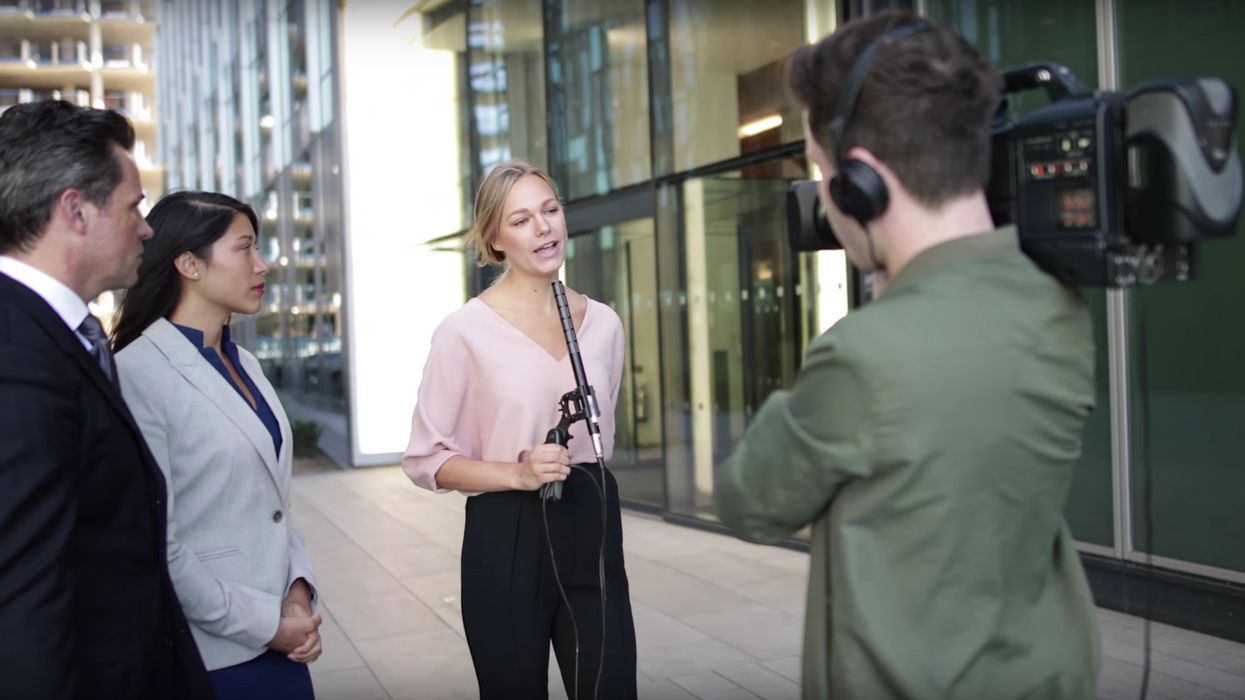Watch: What's the Difference Between A-Roll and B-Roll Footage?
A-roll and B-roll footage are both important pieces of the filmmaking puzzle.

What is A-roll and B-roll? If you've just embarked on your filmmaking journey, you may have never heard of these terms before, but these two fundamental concepts in filmmaking are important for every new filmmaker to recognize as well as implement in their work because of the crucial roles they play in the storytelling process. This video from Pond5 will help get you up to speed on what they are and why they're uniquely important. Check it out below:
The fundamental difference between A-roll and B-roll is this: A-roll, or principal photography, is the footage used to tell the story, and B-roll, or supplemental footage, is used to support or add depth and context to A-roll.
Even though these terms seem somewhat unimportant to the overall making of a film, many new filmmakers, perhaps subconsciously, arrange these types of footage on a creative hierarchy, where A-roll is the most important. I've seen plenty of first-timers spend 3 or 4 days shooting a single scene, and then picking up some B-roll shots half an hour before they leave for the day. That beginner's mentality is understandable because, yes, you don't really have a movie without principal photography, but any experienced filmmaker knows that without B-roll, much of that footage becomes flat and uninteresting.
Think of it this way: A-roll is the hotdog and B-roll are the fixins. You have a full meal with just the hotdog, sure, but what kind of freak would eat a plain hotdog? (My kid is one of those freaks.) Both types of footage adds something to your film, so both deserve all of your creative efforts.
Source: Pond5












